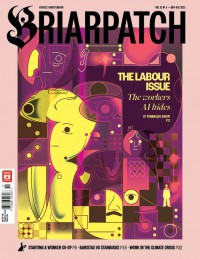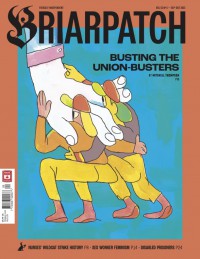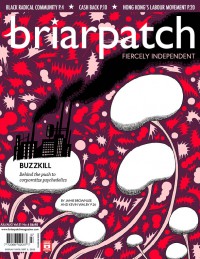-
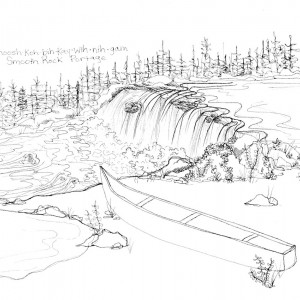 Magazine
MagazineMoney rock
Under the peatland and permafrost of northern Ontario lies some $60–$120 billion worth of copper, nickel, and chromite. The Ontario government is hell-bent on passing the Far North Act and mining the so-called Ring of Fire, but the Anishinaabayg have a sacred responsibility to protect the land, and with it, their language.
-
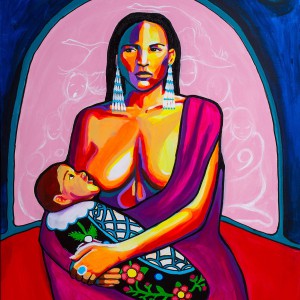 Magazine
MagazineReconnecting to the spirit of the language
In all of our interviews with nêhiyawêwin-speaking Elders, learners, and teachers across Treaty 6, we learned that the land is integral to Indigenous language revitalization, as the land and the language are inherently and intrinsically connected.
-
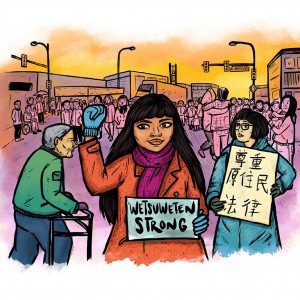 Magazine
MagazineThe revolution will be translated
In February, in the midst of solidarity protests against the RCMP’s invasion of Wet’suwet’en territory, I created a Google Doc: “How to explain what’s happening to the Wet’suwet’en people in Chinese.” The long history of grassroots translation work shows that it is one of our strongest tools to build solidarity against white supremacy.
-
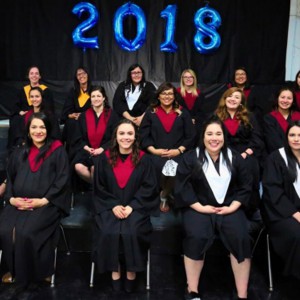 Sask Dispatch Briefs
Sask Dispatch BriefsChecking in two years after the end of NORTEP and NORPAC
In 2017 the Sask Party cut funding and eliminated the Northern Teacher Education Program and the Northern Professional Access College. What’s been the impact on Indigenous language learning and access to education?
-
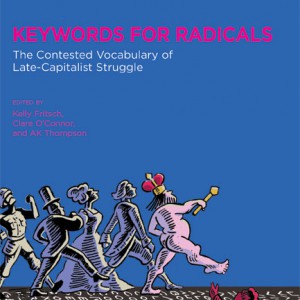 Magazine
MagazineKeywords for Radicals: The Contested Vocabulary of Late-Capitalist Struggle
In the tradition of word projects, Keywords for Radicals engages with the ways in which language interacts with struggle.
-
 Magazine
MagazineLanguage is a map
It’s been three decades since Canadian legislators replaced the word “rape” with “sexual assault.” Against a backdrop of persistent sexual violence, changes in language reveal how much work is yet to be done.

